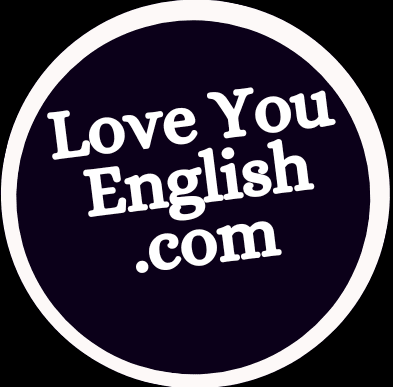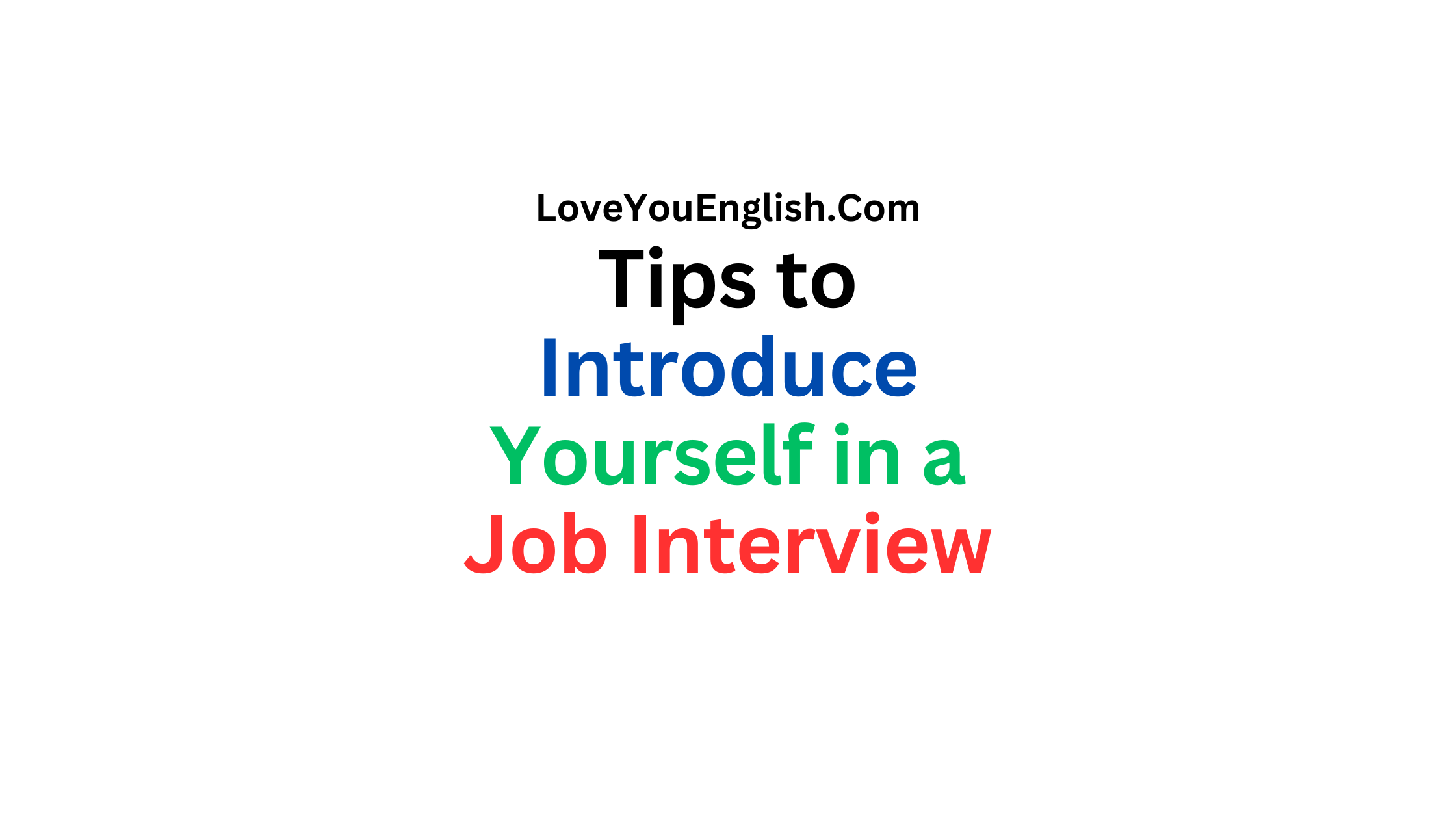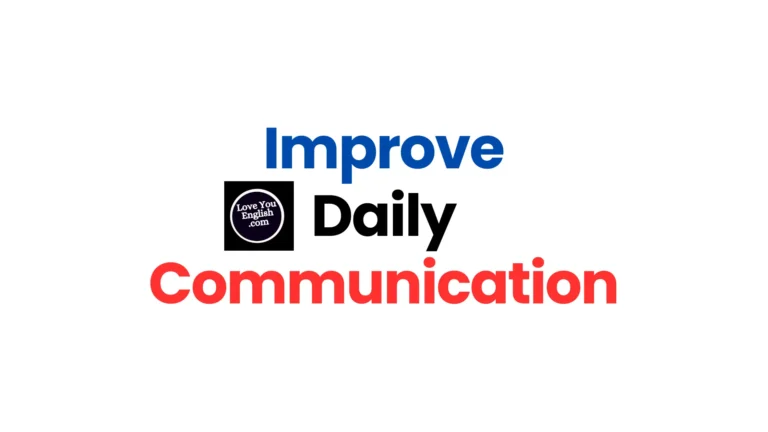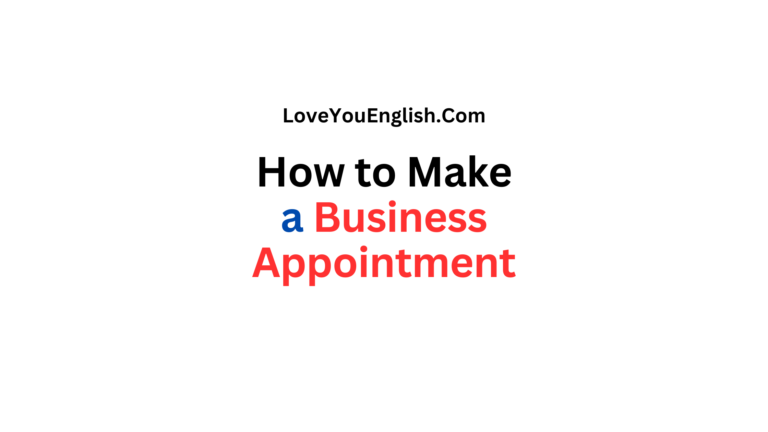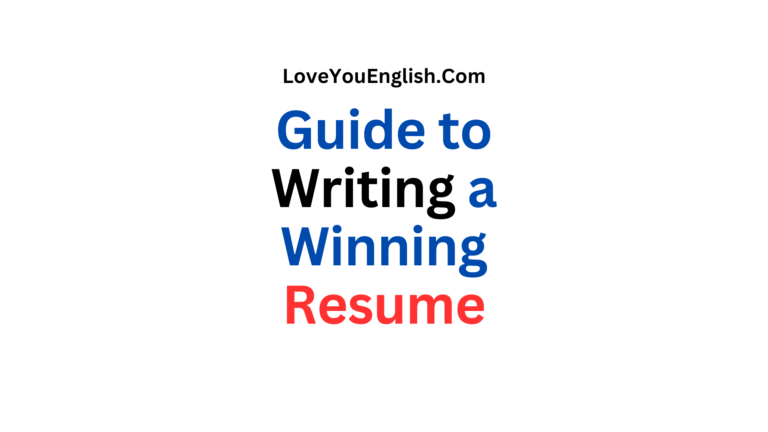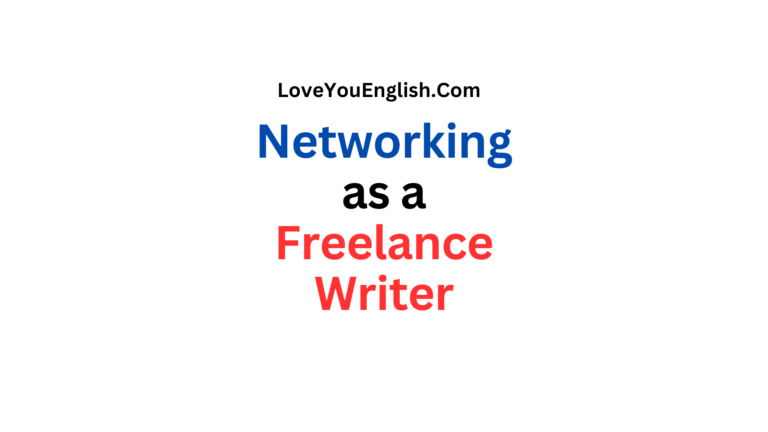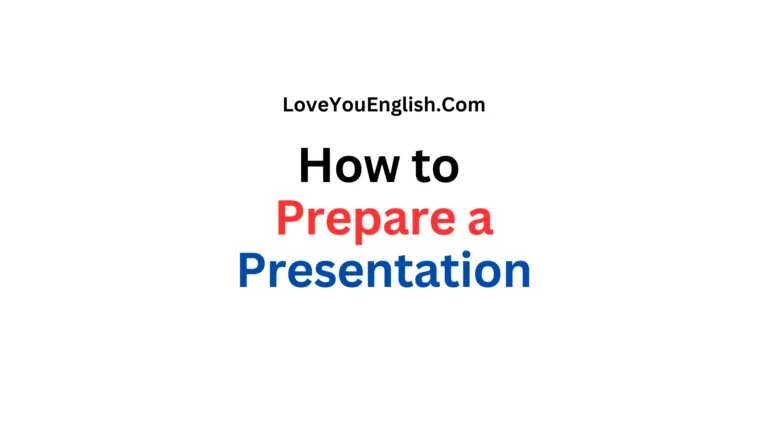10 Proven Tips to Introduce Yourself in a Job Interview in English
10 Proven Tips to Introduce Yourself in a Job Interview in English
When you first meet someone in a job interview, it’s super important because it can affect how the rest of the conversation goes.
This is your chance to show off who you are, what you’re good at, and why you’re perfect for the job.
If English isn’t your first language, this part might seem scary.
But don’t worry!
With some practice and the right tricks, you can introduce yourself with confidence and kick off your interview on a good note.
Check out these ten tips to get better at introducing yourself in English job interviews.
Start with a Warm Greeting
The first few seconds of your introduction are crucial in establishing a positive rapport with your interviewer.
Begin with a warm, professional greeting that sets a friendly tone for the conversation.
Examples:
- “Good morning! It’s a pleasure to meet you.”
- “Hello, thank you for having me here today.”
- “Good afternoon! I’m delighted to be here for this interview.”
Remember to maintain eye contact and offer a firm handshake (if appropriate in the cultural context and current health guidelines).
Your body language should convey confidence and enthusiasm.
Pro tip: Practice your greeting in front of a mirror or with a friend to ensure your facial expression matches your words. A genuine smile can go a long way in making a positive first impression.
State Your Full Name Clearly
After your greeting, state your full name clearly and concisely.
This might seem obvious, but in the nervousness of an interview, some candidates forget this crucial detail or mumble their name.
Example: “My name is Sarah Johnson.”
If you have a name that might be difficult for English speakers to pronounce, consider offering a phonetic pronunciation or a nickname.
Example: “My name is Xiaowei Chen. You can pronounce it as ‘Sh-ow-way Chen’ or feel free to call me Wei.”
Pro tip: If you’re interviewing virtually, make sure your display name matches the name you provide in your introduction.
Explore more topics:
- 6 Ways to Build Confidence at Work
- How to Prepare for a Job Interview in English
- What Is Personal Development and Why Is It Important?
- Interview Vocabulary: Words Related to Job Interviews
- Linking Short-Term Goals to Long-Term Career Goals
Provide a Brief Professional Summary
Following your name, offer a concise professional summary that highlights your relevant experience and skills.
This should be a condensed version of your “elevator pitch” tailored to the specific job you’re interviewing for.
Example: “I’m a marketing professional with five years of experience in digital advertising and content creation. I’ve worked with both B2B and B2C clients across various industries, helping them increase their online visibility and engagement.”
Keep this summary to about 2-3 sentences. The goal is to give the interviewer a quick snapshot of your professional background that aligns with the job requirements.
Pro tip: Practice your professional summary until you can deliver it smoothly and naturally. Avoid sounding rehearsed or robotic.
Express Your Enthusiasm for the Position
After your professional summary, express your genuine interest in the position and the company.
This shows that you’ve done your research and are truly excited about the opportunity.
Example: “I’m particularly excited about this Senior Marketing Specialist role at TechInnovate. I’ve been following your company’s groundbreaking work in AI-driven marketing solutions, and I’m eager to contribute my skills to your innovative team.”
Be specific about what attracts you to the role and the company. This demonstrates that you’ve put thought into your application and aren’t just applying to any job that comes your way.
Pro tip: Research the company thoroughly before the interview. Look at their website, recent news articles, and social media presence to find specific points of interest you can mention.
Highlight a Key Achievement or Unique Selling Point
To make your introduction more memorable, consider mentioning a significant achievement or a unique skill that sets you apart from other candidates.
This should be directly relevant to the job you’re applying for.
Example: “In my previous role, I led a digital marketing campaign that increased our client’s online sales by 200% in just six months. I’m excited to bring this kind of results-driven approach to TechInnovate’s marketing initiatives.”
Choose an achievement that’s impressive but verifiable. Be prepared to discuss this accomplishment in more detail if the interviewer asks follow-up questions.
Pro tip: Quantify your achievements whenever possible. Numbers and percentages can make your accomplishments more concrete and impactful.
Use Appropriate Body Language
While the content of your introduction is crucial, how you deliver it is equally important.
Your body language should convey confidence, openness, and professionalism.
Key body language tips:
- Maintain good posture: Stand or sit up straight with your shoulders back.
- Make eye contact: Look directly at the interviewer(s) while speaking.
- Use open gestures: Avoid crossing your arms or fidgeting.
- Smile naturally: A genuine smile can help you appear approachable and enthusiastic.
For virtual interviews, these principles still apply. Ensure you’re looking at the camera to simulate eye contact and position yourself, so your upper body is visible to showcase your gestures.
Pro tip: Record yourself practicing your introduction to observe your body language. This can help you identify and correct any unconscious habits that might detract from your presentation.
Tailor Your Introduction to the Company Culture
Research the company culture beforehand and adjust your introduction style accordingly.
While maintaining professionalism, try to match the company’s tone and values.
For example, if you’re interviewing with a traditional corporate firm, your introduction might be more formal: “Good morning, I’m Emily Thompson. I’m a certified public accountant with eight years of experience in financial analysis and reporting for Fortune 500 companies. I’m honored to be considered for the Senior Financial Analyst position at your esteemed firm.”
For a startup or more casual company, you might adopt a slightly less formal tone:
“Hi there! I’m Alex Patel. I’m a full-stack developer who’s passionate about creating user-friendly web applications. I’ve been following your company’s innovative approach to EdTech, and I’m super excited about the possibility of joining your development team.”
Pro tip: Look for clues about the company culture on their website, social media, and employee reviews. Pay attention to the language they use in job descriptions and company materials.
Be Prepared for Common Follow-up Questions
Your introduction may prompt the interviewer to ask immediate follow-up questions.
Be prepared to elaborate on any points you’ve mentioned.
Common follow-up questions might include:
- “Can you tell me more about your experience in [specific area you mentioned]?”
- “What interested you most about our company?”
- “How do you think your skills align with this role?”
Have concise, relevant answers ready for these types of questions. This preparation will help you transition smoothly from your introduction into the main part of the interview.
Pro tip: Practice answering these questions out loud. The more comfortable you are with potential follow-ups, the more confident you’ll appear during the actual interview.
Keep It Concise and Relevant
While it’s important to provide enough information to make a strong impression, your introduction should be concise.
Aim for about 60-90 seconds in total. This is long enough to cover the key points but short enough to maintain the interviewer’s interest.
Focus on information that’s directly relevant to the job and company. Avoid personal details unless they’re specifically related to your professional qualifications or the role you’re applying for.
Example of what to avoid: “Hi, I’m John Smith. I grew up in a small town in Ohio and have always been interested in computers. I have two dogs and enjoy hiking on weekends. I studied computer science in college and have been working as a software developer for the past three years.”
Improved version: “Hello, I’m John Smith. I’m a software developer with three years of experience specializing in Python and Java development. I’ve worked on several large-scale web applications and am particularly interested in your company’s focus on cloud-based solutions.”
Pro tip: Time yourself while practicing your introduction. If it’s running longer than 90 seconds, identify areas where you can be more concise.
End with an Invitation for Further Discussion
Conclude your introduction by expressing your readiness to provide more information or answer any questions the interviewer might have.
This shows your enthusiasm and engagement with the interview process.
Examples:
This open-ended conclusion invites the interviewer to guide the conversation in the direction they find most relevant, helping to create a more dynamic and interactive interview experience.
Pro tip: Have a few questions of your own prepared to ask the interviewer. This demonstrates your genuine interest in the role and company.
Putting It All Together: A Sample Introduction
Here’s an example of how these tips might come together in a complete introduction:
“Good morning! It’s a pleasure to meet you. My name is Maria Garcia, and I’m a digital marketing specialist with six years of experience in content strategy and SEO optimization. I’m particularly excited about this Senior Content Strategist role at GreenTech Solutions. Your company’s commitment to sustainable technology aligns perfectly with my personal values and professional expertise.
In my current role at EcoMarketing, I developed and implemented a content strategy that increased organic traffic by 150% and led to a 75% boost in lead generation within one year. I’m eager to bring this results-driven approach to GreenTech’s mission of promoting eco-friendly technologies.
I’ve researched your recent campaigns promoting solar energy solutions, and I have some ideas on how we could expand their reach through targeted content marketing. I’d love to discuss how my skills and experience could contribute to your team’s goals. What aspects of my background would you like me to elaborate on?”
This introduction incorporates all ten tips:
- It starts with a warm greeting.
- The candidate clearly states her full name.
- She provides a brief professional summary.
- She expresses enthusiasm for the specific position and company.
- A key achievement is highlighted.
- (Assuming appropriate body language is used)
- The introduction is tailored to the company’s focus on sustainable technology.
- She’s prepared for follow-up questions about her background.
- The introduction is concise and relevant to the role.
- It ends with an invitation for further discussion.
Final thoughts:
Getting good at introducing yourself in an English job interview needs practice and getting ready.
Follow these ten tips to make a strong first impression that starts the interview off right.
Make sure to customize your introduction for each job and company and focus on what you can offer.
Practice your pace, tone, and body language. Record yourself or practice with a friend for feedback.
The more you practice, the more confident you’ll seem in the real interview.
Remember, your introduction is just the start.
Be ready to talk more about what you’ve said and have a meaningful conversation about your skills and the job.
With good preparation and a positive attitude, you’ll be ready to leave a good impression and improve your chances of getting the job. Good luck with your interviews!
